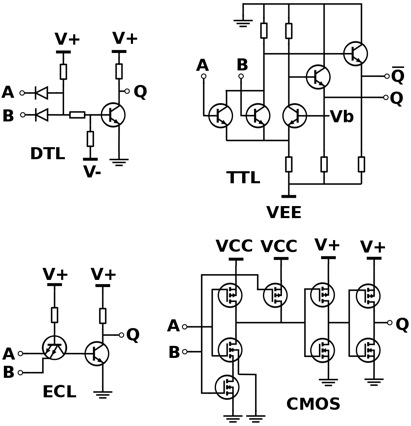Traditionally, most machines typically consist of sets of gears, line shafts and oil baths. Apart from the associated maintenance required to keep the machine in top condition, product changeover can mean physically replacing a gear set or some mechanical cams. Additionally, auxiliary hardware such as compensators may be required to set the motion to its desired pace.
Now, machines driven by distributed servo drives and motors are replacing such traditional machines. The new machines provide several key benefits over their older counterparts. Since each axis in now driven by its own servomotor, there is no necessity for gear sets, oil baths and line shafts. Changing products is much easier and faster, with the motor drives changing the machine speed and switches selecting the required cam profiles. Process control is simpler since servos require only a velocity command to change tension.
However, new technology has its own requirements for achieving optimal performance. Unlike the gear train driven machines, servomotors usually require to be tuned so that they can overcome machine resonance and provide optimum performance. The usual practice follows some key steps.
The first step is to understand the fundamentals. That means analyzing the very nature of the mechanical resonances and finding their natural frequencies. This includes finding out how these resonances arise and how they interact with the several control loops.
Engineers typically use white noise for identifying the resonant frequency as the starting point. This is the primary condition that must be controlled initially through tuning the servo drives. Padding and filtering is often used as primary methods to reduce the impact of the resonant frequency on the control loop.
By adjusting the gains of each of the position control loop, the velocity loop and the current loop, engineers tune each loop such that the actual motion of the machine closely matches the desired motion.
In theory, it is possible to calculate the ideal gain of the control loop based on the inertia and stiffness of the load characteristics and the desired response. However, there can be some factors limiting the value of these gains and the desired bandwidth may not be achieved. For example, a low sampling frequency for the control loop may never allow it to settle on a stable value. However, mechanical resonance plays a more challenging role.
When a mechanical system is excited to its natural frequency, the result is mechanical resonance. The natural frequency causes ringing or vibrations with the minimum stimulus and forms an inherent characteristic of the mechanical system. The effect of resonance is noticeable at certain speeds that are usually related to the natural frequency.
When problems arise due to resonance, the typical response is to change the machine structure to move the natural frequency out of range of the machine operation. The latest converter drives are more effective in overcoming the effects of resonance without investing in additional resources.
Using Fast Fourier Transforms or FFTs, the noise spectrum is displayed as a function of frequency. This plot demonstrates the spike, which is the primary source of the disturbance. Filters are then used to remove the spike and smoothen the output.

